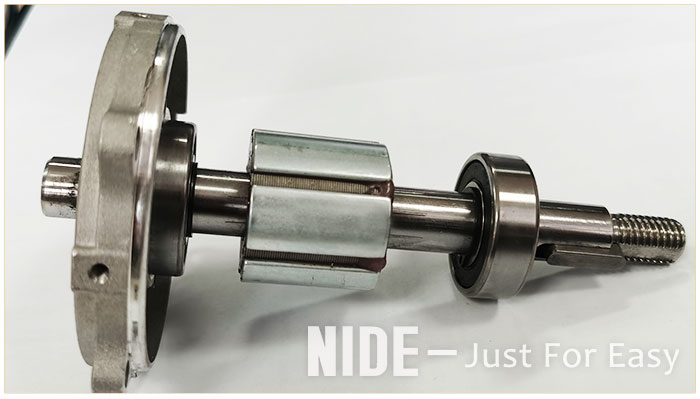How does the magnet manufacturer produce the magnet?
Raw Material Preparation: The manufacturing process begins with the preparation of raw materials. For neodymium magnets, a mixture of neodymium, iron, and boron (NdFeB) powders is used. The powders are carefully measured and blended to achieve the desired composition.
Powder Production: The raw materials are subjected to a process called powder metallurgy. This involves melting the mixture in a furnace and rapidly cooling it to form a solid alloy. The alloy is then crushed into fine powders, ensuring the desired grain size and composition.
Pressing: The neodymium magnet powders are compacted into a desired shape using a hydraulic press. The powder is placed in a die and subjected to high pressure to form a compacted shape, often in the form of a disc or cylinder. This process is known as pressing or compacting.
Sintering: The compacted magnet shapes undergo a sintering process. Sintering involves heating the compacted powder in a controlled atmosphere furnace to a temperature below the melting point of the material. The heat causes the particles to fuse together, resulting in a solid and dense magnet. The sintering process helps improve the magnet's magnetic properties and structural integrity.
Machining and Shaping: After sintering, the magnet undergoes further machining and shaping processes. This includes grinding, cutting, and drilling to achieve the desired dimensions and tolerances. Magnets may also undergo surface treatments, such as coating or plating, to protect them from corrosion or improve their appearance.
Magnetization: Once the magnets are shaped, they are magnetized to establish their magnetic field. Magnetization is typically achieved by subjecting the magnet to a strong magnetic field, either through a pulse magnetizer or a continuous magnetizer. The magnets are placed in a fixture and exposed to the magnetic field to align their magnetic domains in a specific orientation.
Inspection and Quality Control: The finished magnets undergo thorough inspection and quality control processes to ensure their magnetic properties, dimensional accuracy, and overall quality. Various tests, such as magnetic field strength measurement, surface quality assessment, and dimensional checks, are performed to validate the magnet's performance and conformance to specifications.
Packaging and Distribution: After passing the quality control checks, the magnets are packaged and prepared for distribution. They are carefully handled to prevent demagnetization or damage during transportation.
It's important to note that the production process may vary for different types of magnets, such as ceramic magnets or samarium cobalt magnets. The specific steps and parameters used in magnet manufacturing are determined by the type of magnet, desired properties, and the manufacturer's processes and expertise.
Mixing and Blending Equipment: This equipment is used to accurately mix and blend the raw materials, such as neodymium, iron, and boron powders, to achieve the desired composition for the magnet alloy.
Ball Mill or Attrition Mill: These mills are used to grind the raw materials into fine powders, ensuring proper particle size and distribution. The powders are further processed to achieve the required consistency and flowability.
Hydraulic Press: A hydraulic press is used for compacting the magnet powders into a desired shape. It applies high pressure to the powders inside a die to form a solid compacted shape.
Sintering Furnace: Sintering furnaces are used to heat the compacted magnets in a controlled atmosphere to a temperature below the melting point. This process fuses the particles together, resulting in a solid magnet with improved density and magnetic properties.
Machining Equipment: Various machining equipment, such as lathes, milling machines, and grinding machines, are used to shape, cut, and finish the magnets to the desired dimensions and tolerances. This equipment enables the manufacturing of magnets with precise shapes and surface finishes.
Magnetization Equipment: Magnetization equipment, such as pulse magnetizers or continuous magnetizers, is used to generate strong magnetic fields for magnetizing the finished magnets. The magnets are placed in fixtures and exposed to the magnetic field to align their magnetic domains.
Quality Control Equipment: Quality control equipment, including magnetic field strength measuring devices, coordinate measuring machines (CMM), surface analyzers, and dimensional inspection tools, are used to ensure the magnets meet the required specifications and quality standards.
Packaging Equipment: Packaging equipment, such as sealing machines, labeling machines, and protective packaging materials, is used to package the finished magnets safely and securely for distribution.
